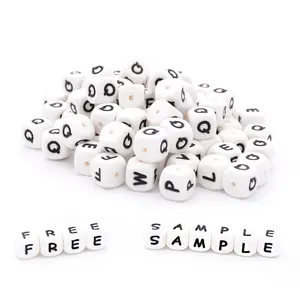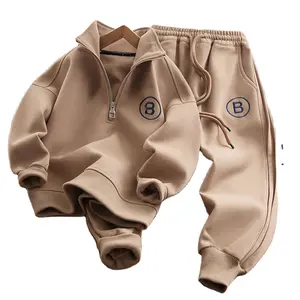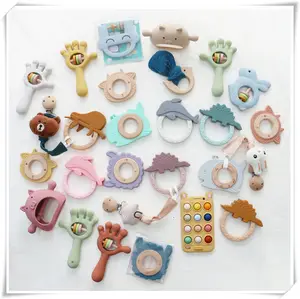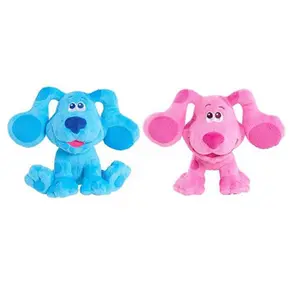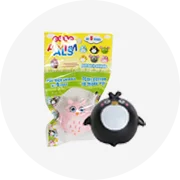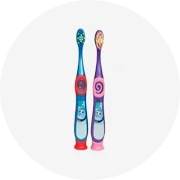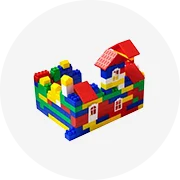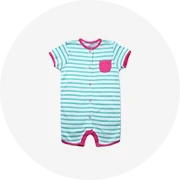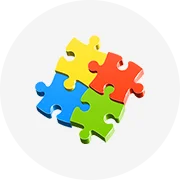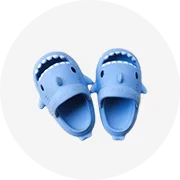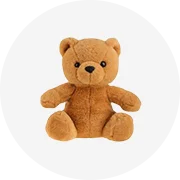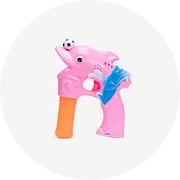Popular in your industry










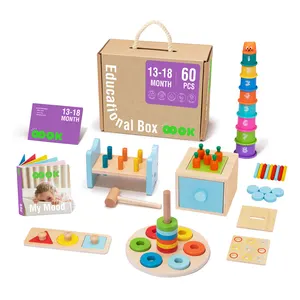






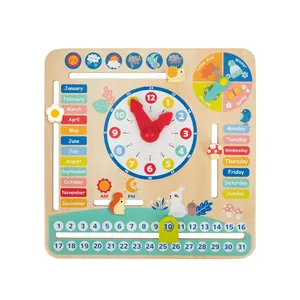











































Related Searches:

























































































Top categories
About puzzles for three year olds
Developmental puzzles for toddlers are a fundamental element in the educational toy market, offering a dynamic environment for burgeoning intellects to engage, assimilate knowledge, and advance. These puzzles are available in a plethora of forms, each boasting distinctive features that address various facets of a youngster's growth.
Varieties and Features of Developmental Puzzles for Toddlers
Within the realm of developmental puzzles for toddlers, a multitude of types exists, each with its own set of features. Floor puzzles for toddlers are sizable and constructed from robust materials, rendering them enduring and manageable for petite hands. They typically display vivid, captivating imagery that seizes the attention of children and fosters the development of gross motor skills. Wooden puzzles for toddlers provide a sensory experience with their organic textures that are delightful to the touch. These range from elementary shape-sorting games to intricate interlocking segments that test a child's manual dexterity and cognitive abilities. Jigsaw puzzles for toddlers are more diminutive and necessitate a gentler approach, enhancing fine motor skills and perseverance. They often portray characters from fairy tales or fauna, stimulating a child's imagination and recognition abilities. Moreover, puzzle toys for toddlers may incorporate auditory or visual elements to augment sensory engagement and enrich the educational journey.
Design and Functionality of Developmental Puzzles for Toddlers
The design of developmental puzzles for toddlers is carefully tailored to suit their developmental stage. A standard puzzle consists of interconnecting segments that assemble into a unified picture. The segments may be equipped with knobs or pegs for effortless manipulation. In more sophisticated puzzles, the pieces are cut into unique shapes that match particular locations on the board, presenting an additional cognitive hurdle. The functionality of these puzzles entails a child grasping, rotating, and piecing together segments, thereby bolstering hand-eye coordination and spatial awareness. Certain puzzles employ a stratification concept, necessitating the placement of pieces in a precise sequence, thereby introducing the principles of sequencing and strategic thinking to the young solver.
Materials and Characteristics of Developmental Puzzles for Toddlers
The selection of materials for developmental puzzles for toddlers is predicated on durability, safety, and the sensory experience they provide. Plastic puzzles are typically fashioned from ABS or PVC, renowned for their resilience and pliability. Wooden puzzles are often hewn from plywood or solid timber, offering a robust and environmentally sustainable alternative. These substances are chosen not only for their physical attributes but also for their non-toxic and child-friendly properties. The advantages of such materials include the product's longevity and the guarantee of a secure play setting for the little ones. The material chosen also influences the puzzle's level of difficulty; for example, weightier wooden pieces may demand greater effort to maneuver, thus elevating the challenge for the child.
Commercial Utilization and Applications of Developmental Puzzles for Toddlers
In the commercial sphere, developmental puzzles for toddlers are utilized across various venues, including early learning centers, pediatric practices, and retail outlets. In educational settings, these puzzles act as instructional tools to introduce rudimentary concepts like hues, shapes, and elementary problem-solving. In medical environments, therapists employ them to evaluate and enhance a child's motor abilities. Retailers capitalize on the broad allure of these puzzles, marketing them as products that garner the trust of parents and educators for their pedagogic value and capacity to engage youngsters constructively. They also prove to be excellent resources for waiting areas or play zones, keeping children absorbed in a productive activity.
Roles of Developmental Puzzles for Toddlers
The chief role of developmental puzzles for toddlers is to act as an instructive apparatus. They are crafted to aid children in honing their pattern and shape recognition, memory enhancement, and fine motor skill development. Furthermore, in group environments, these puzzles often double as a conduit for learning about collaboration and teamwork. They can also serve as a soothing pursuit, offering a concentrated task that can aid in anxiety reduction and mood improvement.
Attributes of Developmental Puzzles for Toddlers
The attributes of developmental puzzles for toddlers encompass vivid hues, alluring illustrations, and components that are tailored to diminutive hands. Numerous puzzles also feature didactic themes, such as alphabets, numerals, and creatures, which introduce basic notions in an entertaining fashion. The unique selling propositions of these puzzles frequently reside in their design excellence and the pedagogical research that underpins their creation. Some puzzles are even equipped with magnets, facilitating easy adherence to metallic surfaces and introducing an additional facet to the puzzle-solving escapade.
Advantages of Developmental Puzzles for Toddlers
The advantages of interacting with developmental puzzles for toddlers are multifaceted. They offer a foundation for cognitive advancement, encompassing problem-solving and logical reasoning. Emotionally, they impart a sense of achievement upon completion, which is crucial for nurturing self-assurance. Socially, puzzles can be instrumental in promoting cooperative play and dialogue among peers. They also present a tangible alternative to screen time, advocating hands-on education and interaction with physical entities.
How do these puzzles facilitate a child's growth?
Puzzles and games for toddlers bolster a child's growth in myriad ways. They foster cognitive abilities such as problem-solving and logical reasoning. As children discern the correct placement for each piece, they become adept at the method of trial and error. Physically, puzzles refine fine motor skills as children maneuver the segments to fit them together. Emotionally, the completion of a puzzle bestows a sense of triumph and elevates self-esteem, which is indispensable for a developing child's confidence.
What safety protocols do these puzzles adhere to?
Safety is of the utmost importance when it comes to children's toys. Developmental puzzles for toddlers comply with rigorous safety protocols to ensure they are devoid of choking hazards and harmful substances. The edges of the pieces are smoothed to avert splinters or abrasions, and the paints applied are non-toxic, safeguarding children who may place pieces in their mouths. Manufacturers must abide by these protocols to ensure the safety of the children who engage with their products.
How can enterprises incorporate these puzzles into their product lines?
Enterprises aiming to incorporate developmental puzzles for toddlers online into their product lines should consider the assortment and pedagogic worth of the puzzles. Presenting a diverse array of puzzles that appeal to varying skill levels and interests can attract a wider clientele. Moreover, businesses can accentuate the eco-conscious and safety features of the puzzles, which are of increasing concern to consumers. By offering comprehensive product details and underscoring the developmental benefits, enterprises can attract educational institutions and parents in search of high-quality educational toys.
